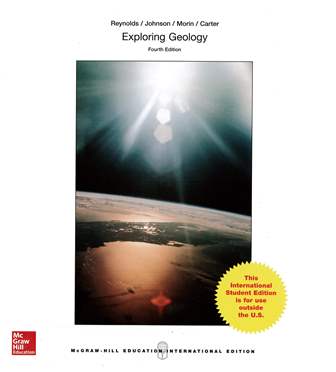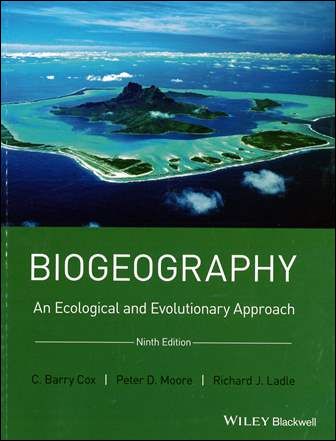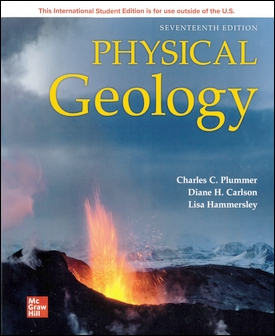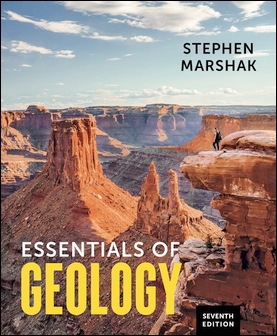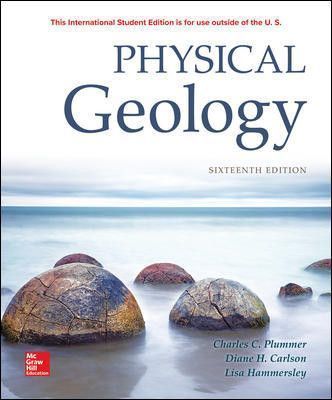書籍分類
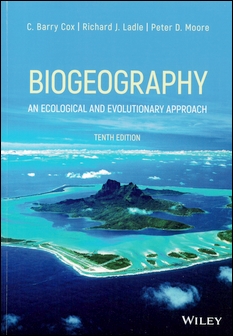
Biogeography: An Ecological and Evolutionary Approach 10/e
作者:C. Barry Cox, Peter D. Moore, Richard J. Ladle
原價:NT$ 2,000
ISBN:9781119486312
版次:10
年份:2020
出版商:John Wiley
頁數/規格:514頁/平裝彩色
參考網頁:Biogeography: An Ecological and Evolutionary Approach 10/e
版次:10
年份:2020
出版商:John Wiley
頁數/規格:514頁/平裝彩色
參考網頁:Biogeography: An Ecological and Evolutionary Approach 10/e
內容介紹 目錄 作者介紹
- Description
- Next generation genetic technologies and their use in historical biogeography, phylogeography and population genomics
- Biogeographical databases and biodiversity information systems, which are becoming increasingly important for biogeographical research
- An introduction to functional biogeography and its applications to community assembly, diversity gradients and the analysis of ecosystem functioning
- Updated case studies focusing on island biogeography, using the latest phylogenetic studies
Through nine successful editions, and for over 45 years, Biogeography: An Ecological and Evolutionary Approach has provided a thorough and comprehensive exploration of the varied scientific disciplines and research that are essential to understanding the subject. The text, noted for its clear and engaging style of writing, has been praised for its solid background in historical biogeography and basic biology, that is enhanced and illuminated by discussions of current research.
This new edition incorporates the exciting changes of the recent years and presents a thoughtful exploration of the research and controversies that have transformed our understanding of the biogeography of the world. New themes and topics in this tenth edition include:
Biogeography: An Ecological and Evolutionary Approach reveals how the patterns of life that we see today have been created by the two great Engines of the Planet: the Geological Engine, plate tectonics, which alters the conditions of life on the planet, and the Biological Engine, evolution, which responds to these changes by creating new forms and patterns of life.



